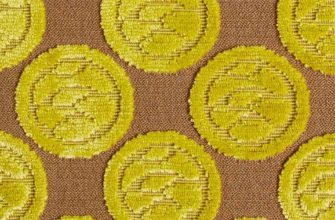Furniture upholstery wears out over time, and individual areas become worn. The sharp claws of pets can ruin the upholstery material. To protect expensive furniture from damage, a special anti-vandal fabric for sofas was developed. The special structure of the fabric has all the qualities of wear resistance and durability.
- What is Anti-Claw
- What types are there?
- Flock on a three-fabric base
- Faux suede
- Velours
- Microfiber
- Courtesan
- Scotchgard
- Tapestry is an analogue of jacquard fiber
- Jacquard - the gold standard
- Chenille is a modern composite material
- What fabric to choose for a sofa if there is a cat in the house
- Features of care for vandal-proof fabrics
- Manufacturers and prices
- Reviews
What is Anti-Claw
Upholstery that is resistant to abrasion, scratches and cuts is called anti-vandal. These qualities are provided by Teflon impregnation. One of such materials is anti-claw fabric, which resists the pulling of fibers from the fiber structure.
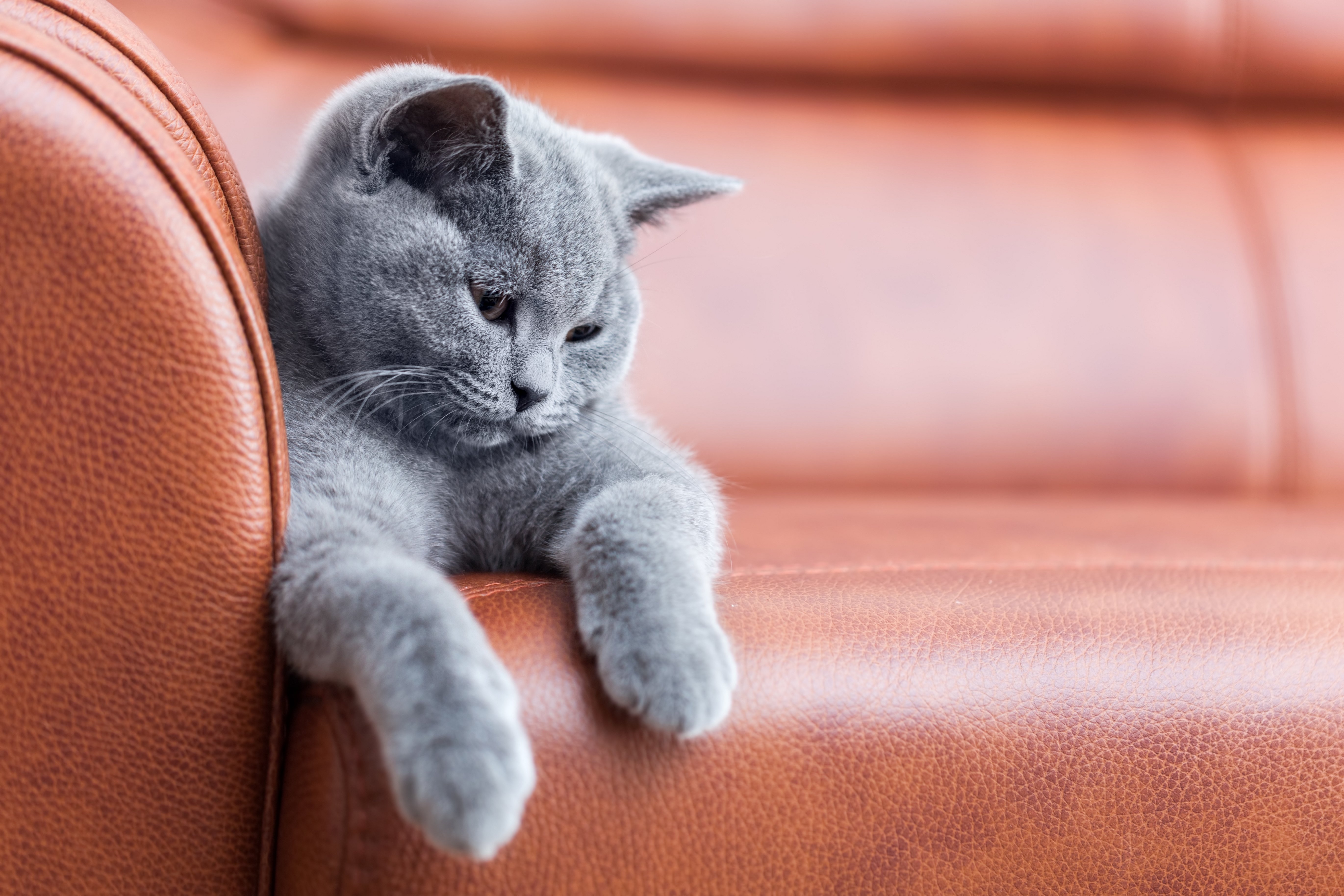
Note! Anti-claw fabrics have different characteristics and technological structuring of fibers. Dense interweaving of threads enhances the strength characteristics of the material and resistance to changes in shape. Cat claws slip off the surface when trying to sharpen their claws on furniture, so over time the animal loses interest in the sofa. Modern material has water-repellent qualities, does not retain dirt and grease due to the Teflon layer.
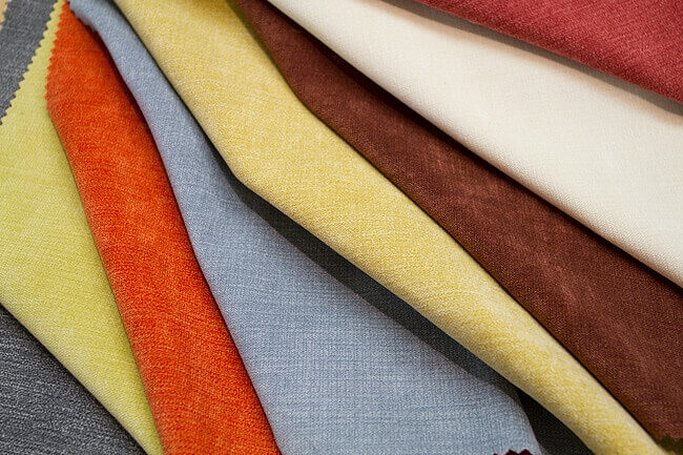
What types are there?
Vandal-proof fabric comes in the following types:
- Relax. Polymer-based material that can be washed.
- Faux suede. Luxurious dense fabric for sofa upholstery.
- Teflon flock. Soft and pleasant to the touch material.
- Furniture velveteen. Resistant to deformation, has no artificial impregnation.
- Chenille. It is distinguished by its durability and wear resistance.
- Tapestry. A dense fabric that does not allow cat claws to get caught.
- Galaxy Microfiber. Neutral colors of fabric with a Teflon layer are ideal for standard interiors.
- Scotchgard.
- Anti-claw flock.

Flock on a three-fabric base
Previously, waste cotton, wool and synthetic fibers were used to produce flock fabric. The word "flock" is translated from English as "fluff". The material resembles velvet, which has airy villi made of fibers of natural and artificial origin.
Types of flock:
- polyester, characterized by high wear resistance, hydrophobicity and resistance to fading;
- polyamide, which is soft and can be dyed, and quickly recovers after prolonged stress;
- viscose, used more often for decoration, despite the presence of bright colors.
Flock is distinguished by its impressive appearance and high strength characteristics.
Note! Easy to care for the fabric is the ability to wet clean with a soap solution. The fabric contains 35% cotton and 65% polyester.
Non-woven flock is obtained by gluing the fibrous structure of the fabric with subsequent application of nylon pile. This upholstery material retains the brightness of the color throughout the entire period of use, is not subject to fading. The three-fabric base of the flock consists of cotton and polyester threads 1 to 2. Nylon pile has a variety of shades, is resistant to treatment with soap solution.
The interweaving of velvet, microfiber and velour into a knitted base forms flock.
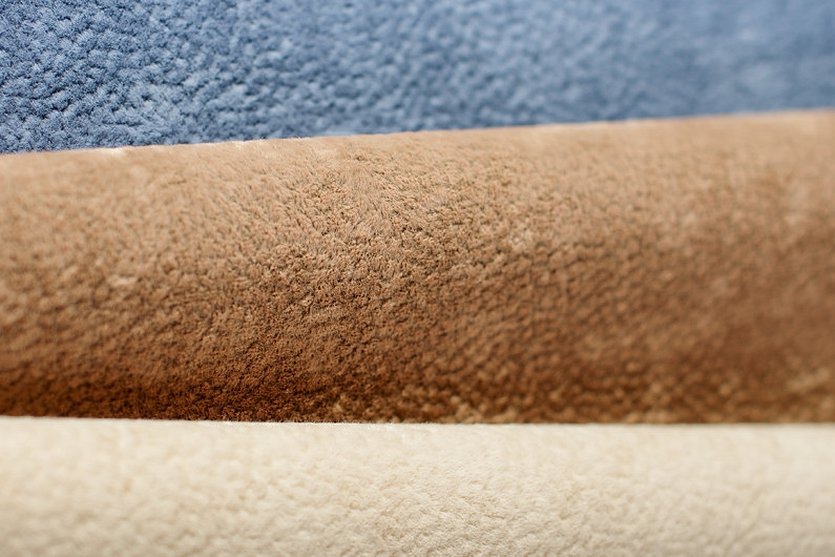
Faux suede
The fabric-based material, reminiscent of natural suede, is used as an anti-vandal agent in the fight against scuffs and scratches on the upholstery. The use of Teflon impregnation increases the resistance of the fabric to damage, extending its service life.
Interesting! Anti-vandal fabric for a cat sofa should have a strong structure. Short surface pile prevents claws from penetrating into the material.

Velours
A formal type of fabric used for upholstery of more expensive furniture is able to resist cat claws. Anti-claw velour is made from natural raw materials. Cotton and wool fibers are particularly soft and have a short service life. Spilled liquids can cause problems with cleaning the surface of the sofa. The environmentally friendly material has good thermal conductivity. It lets air through and does not sag under frequent mechanical loads. However, over time, the pile falls out, leaving the places where the cat has been sitting bare. Vandal-proof velour for furniture remains popular among pet lovers.

Microfiber
Very thin polyester and polyamide fibers in a special weave create microfiber fabric. This is a durable fabric that does not form snags, so it is widely used for furniture upholstery as an anti-vandal material. In terms of quality and price, it occupies a leading position among upholstery. Anti-claw fabric for a sofa has good air permeability and the ability to retain heat in the cold season.

Courtesan
This anti-claw (anti-cat) fabric for sofas and other furniture is distinguished by water-repellent properties. High resistance to mechanical damage and sudden temperature changes. Rare dirt can be removed with a sponge and soap. The upholstery requires periodic vacuum cleaning.
Scotchgard
A variety of jacquard and tapestry is presented in the Scotchgard fabric. The use of a special film for the surface of the canvas makes it invulnerable to dirt and spilled liquids. The smooth surface remains resistant to scratches and fiber pulling. When cleaning the upholstery, you can use a soap solution.
Tapestry is an analogue of jacquard fiber
Similar technological production of this fabric with jacquard makes the canvases similar in appearance. Tapestry has stronger threads, increasing the strength and durability of the material. The interweaving of three threads makes the fabric inaccessible to mechanical damage and cuts.
Jacquard - the gold standard
The dense weave of the fabric threads does not allow the animal's claws to penetrate the material. The high strength of the fabric and the variety of colors have long been used as upholstery for upholstered furniture. The material is very resistant to dirt, moisture and dust.
Note! Types of material can be called differently, but the name does not change its properties.

Chenille is a modern composite material
Anti-claw fabric contains artificial and natural threads. The combined structure, woven in a spiral, contains pile to enhance density. The material is wear-resistant, has high strength characteristics and is inexpensive. A wide variety of patterns and colors of the material give the upholstery a beautiful look. This anti-claw fabric for furniture looks simply unique.
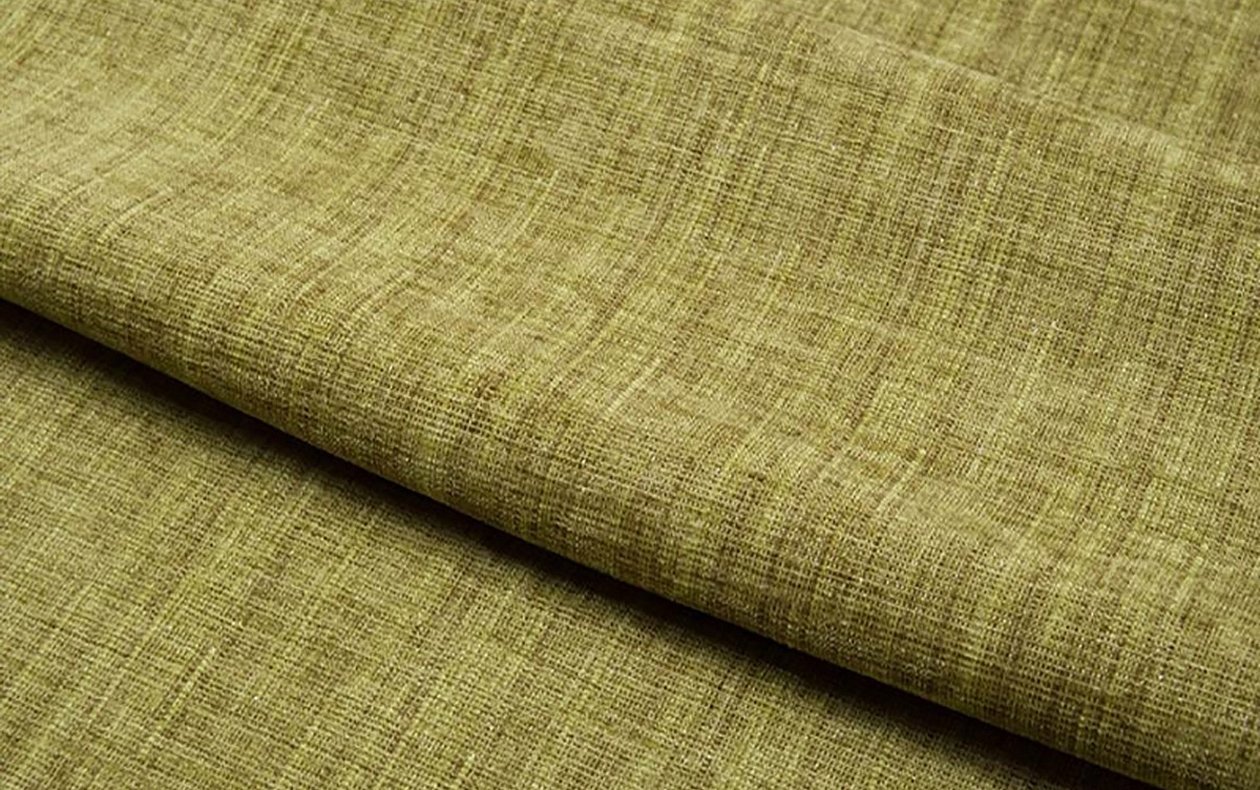
What fabric to choose for a sofa if there is a cat in the house
The choice of material for upholstery of anti-claw fabric depends on the individual preferences of the buyer for the color scheme, compliance with the interior. The strength characteristics of the material, air permeability, and fabric composition are taken into account. The fabric must be non-allergenic and comply with environmental standards.
Features of care for vandal-proof fabrics
To ensure that the material remains beautiful for a long time, you need to know some features:
- Proper care of the material extends the service life of the entire product. The possibility of cleaning with chemicals is specified at the time of purchasing the furniture.
- If the anti-claw fabric should not be washed or wet cleaned, dry stain removers and aerosols should be used. Foam applied to the stain turns into powder after a while, which can be easily cleaned from the surface with a brush.
- Using home remedies for cleaning in the form of baking soda, vinegar or ammonia should be tested on the back of the sofa in an inconspicuous place.
Important! If the furniture design allows, you can use covers or slipcovers made of vandal-proof fabric.
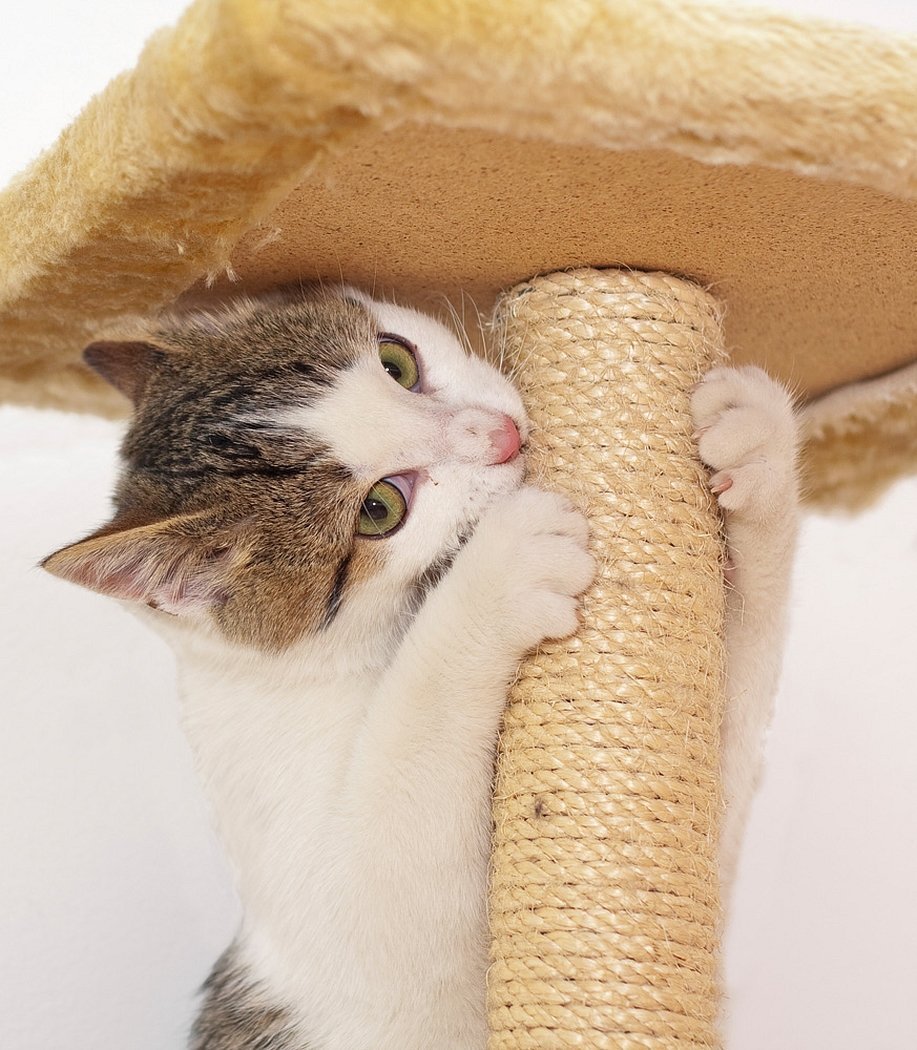
Manufacturers and prices
Prices for materials do not differ much, depending on quality:
- Flock can be purchased at a price of 790 rubles* per 1 m.
- Microfiber costs from 900 rubles per m², Galaxy - from 1100 rubles.
- Courtesan is estimated at 850 rubles per 1 m².
- Velour is sold from 1000 rubles per m², panda velour costs only 740 per 1 m, eco-velour - 1200 rubles.
- The tapestry is valued at 540 rubles per m.
- Chenille can be purchased for 900 rubles.
- Jacquard is valued at 1400 rubles per 1 m.
- Scotchgard will cost 2500 rubles per m².
- Leatherette is sold for 1000 rubles per m².
Reviews
Oksana, 42 years old
"I live in the capital and breed cats. At the same time, I have four adult cats and small kittens in my apartment. They move freely around the apartment because they are family members. Previously, the furniture suffered, but with the advent of upholstery made of anti-vandal fabric, many problems have disappeared. We do not re-upholster furniture and do not replace worn-out chairs with new ones. We live in love and peace. Anti-claw fabric is an excellent invention for pet lovers."

Oleg, 38 years old
"We have two handsome cats living in our house with the dog. They love to sharpen their claws on everything they come across. We had to replace the upholstery on the furniture with anti-claw fabric. Most of the problems really went away, and with them, my wife's bad mood. We bought special separate boxes for our cats to sleep in, a high wall with a scratching post. Now they have a whole separate cat world. Everyone is happy. It's a great purchase."
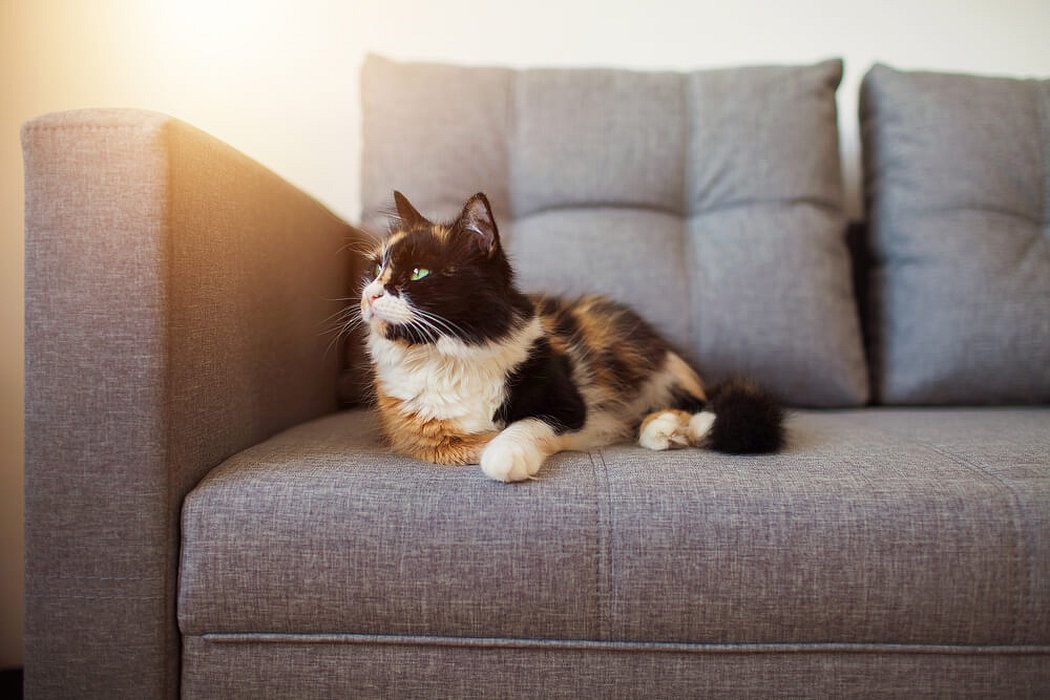
A cat still needs a place to scratch, so buying a stand or making one yourself remains a must for keeping an animal at home. Fabric for a cat sofa will not solve the problem of scratching, because this is a vital process for the pet to get rid of old claws, but it will help get rid of eternally torn furniture in the house.
*The prices indicated are valid as of June 2019.



